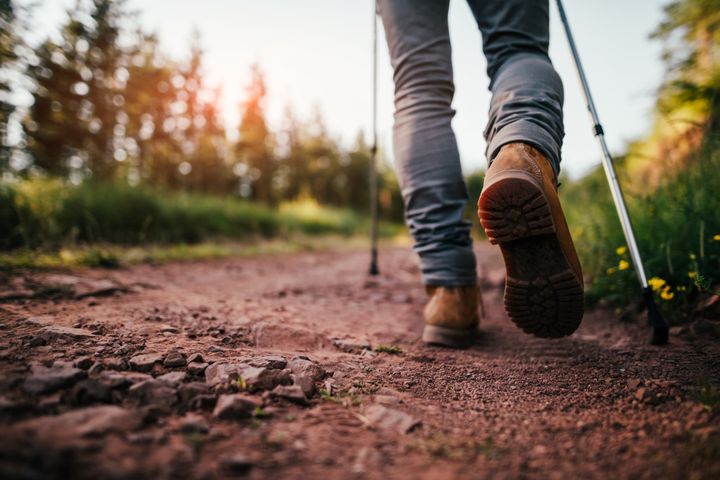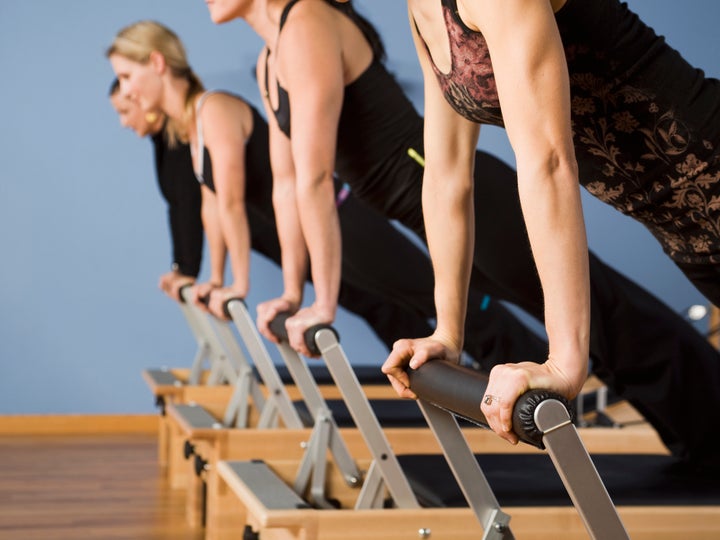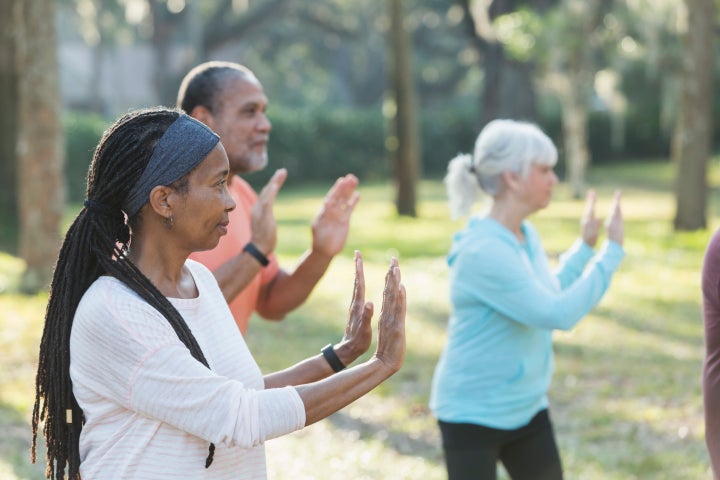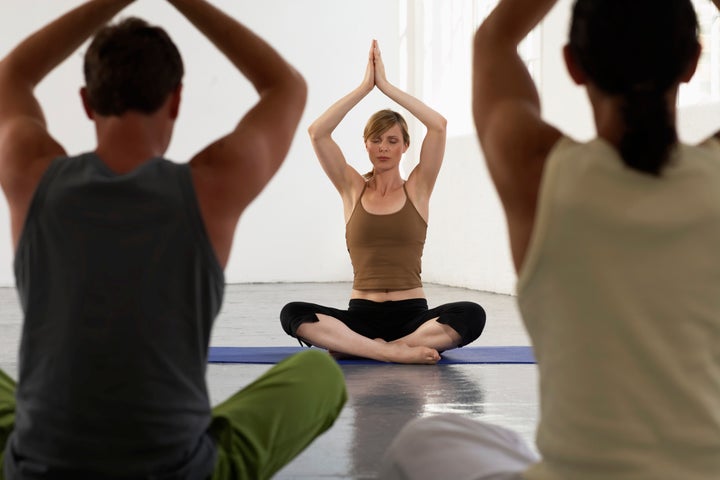
When you suffer from back pain, or pain in your joints, it’s tempting to stop exercising because you’re afraid you’ll do yourself more damage. But joints are designed to move, and your spine is incredibly strong and flexible, with bones, ligaments, tendons and muscles all working together to keep you upright and mobile. If you don’t exercise, joints can become stiff and muscles become weaker, making moving more difficult and painful.
Exercise is important for many reasons: it eases stiffness, makes joints more mobile, strengthens the muscles that support your back and other joints, improves fitness and heart health, develops strong bones and helps you maintain a healthy weight so you put less strain on your back and joints. And exercise has a positive effect on mental health too, helping you cope with pain – who doesn’t feel better after a brisk walk in the fresh air?
While we’re not suggesting you attempt gymnastics or a triathlon, there are plenty of gentle exercises you can do to help relieve pain. You can also use a topical pain relief gel such as Voltarol to help ease pain and inflammation at the source.
Try some of these five gentle exercises to help relieve pain:
Walking

Whether you choose to go for long rambles in the countryside with the dog or leave the car at home and walk to the shops, walking gets you out and moving, helping to relieve pain in surprising ways. It helps you build stamina, burns calories to help you maintain a healthy weight and improves cardiovascular health. Even a daily 10-minute brisk walk brings health benefits. Walking lifts your mood, especially if you do it with a friend. You can even build the Japanese art of Shinrin-yoku – ‘forest bathing’ into your walks: walking mindfully in woodland environments can be good for your body and soul.
Swimming

Swimming is a wonderful exercise if you have back or joint pain as it’s non-weight bearing. The water supports your body, taking the strain off painful joints or areas so you can move them more easily and fluidly. Being in water is also deeply relaxing, helping you to unclench muscles that you may be consciously or unconsciously tensing up because of pain. Simply swimming up and down a pool may be enough to manage your pain, and if you feel you want to increase mobility further, sign up for aqua aerobics or aquafit classes – full body workouts with the added benefit of buoyancy in the water - at your local pool.
Pilates

Pilates exercises strengthen the whole body, particularly your core - muscles in your abdomen, pelvic area, lower back and hips – to improve your posture, stability, mobility and balance. Research suggests that Pilates can relieve some non-specific lower back pain, and the NHS advises that it can help people with arthritis to improve their joint mobility. A physiotherapist is the best person to advise you on the most suitable Pilates exercises for you as an individual to relieve your specific pain before you join a class with a qualified teacher.
T’ai chi

Sometimes described as the slowed-down form of a martial art developed in 13th-century China, t’ai chi combines graceful, flowing movements with controlled deep breathing and meditative relaxation. There’s some evidence that t’ai chi can help relieve lower back pain and chronic pain of osteoarthritis. As well as reducing stress, improving mobility, posture and balance, t’ai chi is excellent for strengthening muscles in the upper body and lower body. Find a local class with an instructor who will teach you the correct style of movement before practising at home.
Yoga

An ancient form of exercise originally from India, yoga’s focus is on flexibility, strength and controlled breathing. This combination enhances both your physical and mental wellbeing, keeping you moving and keeping you feeling positive – both of which help to manage pain. There’s also some evidence that practising yoga regularly can help reduce lower back pain. Yoga improves your balance and flexibility to help you move naturally and fluidly. You can practice yoga at any age; find a class with a qualified yoga teacher who will show you the correct way to perform the postures (asanas) before you try them at home.
Voltarol Joint Pain Relief 2.32% Gel contains an anti-inflammatory ingredient to help relieve pain and reduce inflammation at the source. Voltarol are experts in body pain, so whether it is joint or muscle pain, Voltarol can help you get back to doing the things you love. Movement can also help reduce your joint and back pain by 25% – did you know, the average person in the UK sits for nine hours a day?
Find out more about how you can take two minutes out of your busy day to move with our Take 2 To Move campaign. Voltarol Joint Pain Relief 2.32% Gel contains diclofenac diethylammonium. For relief of pain and inflammation. Always read the label. Find out more at voltarol.co.uk.